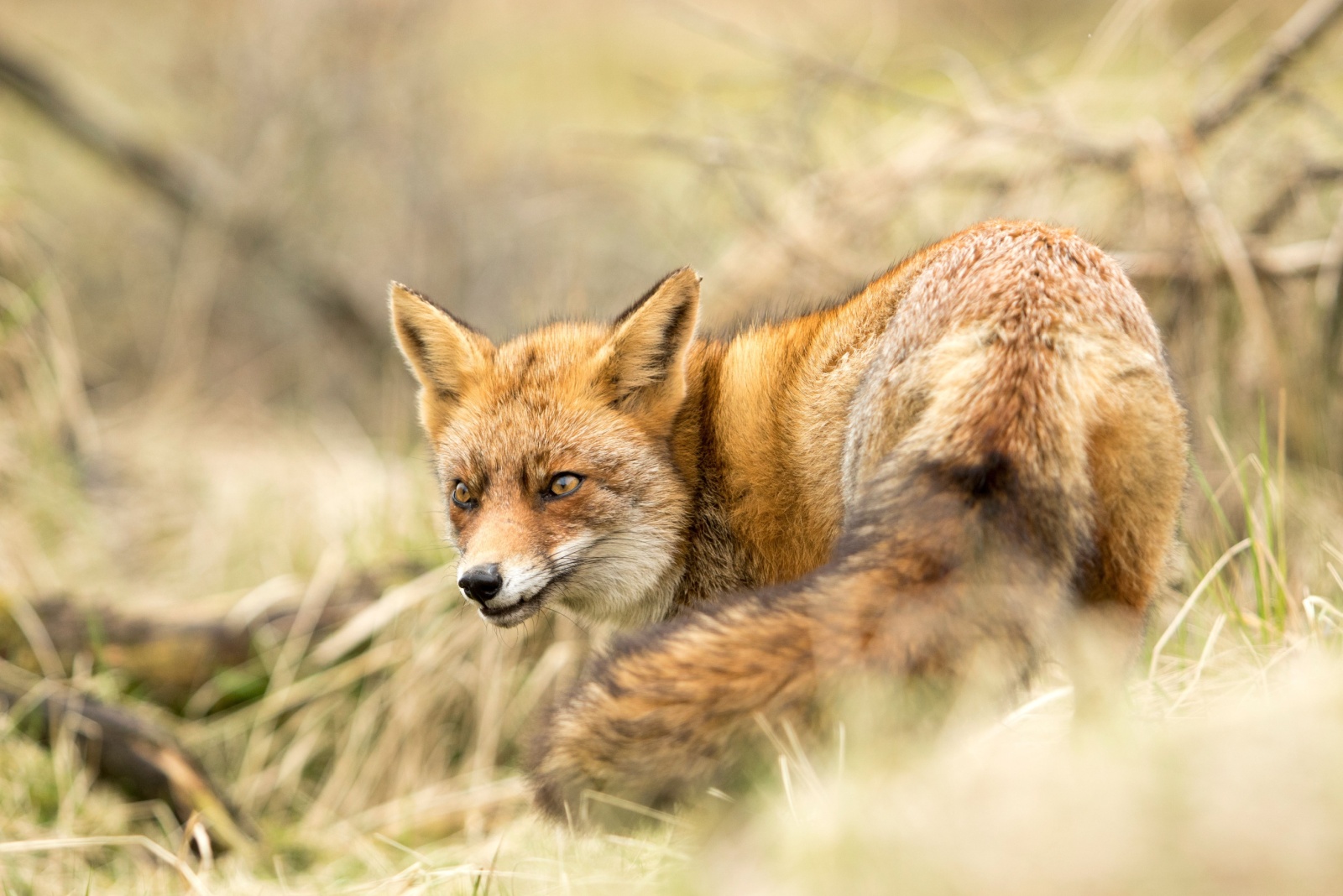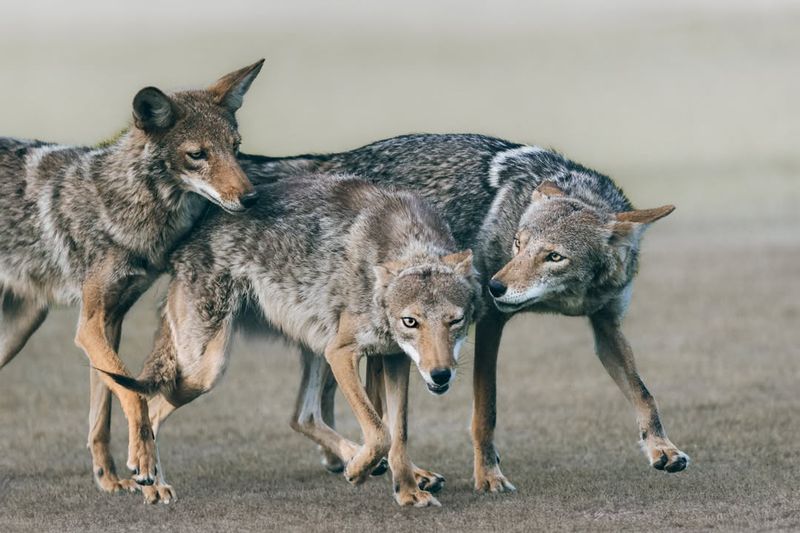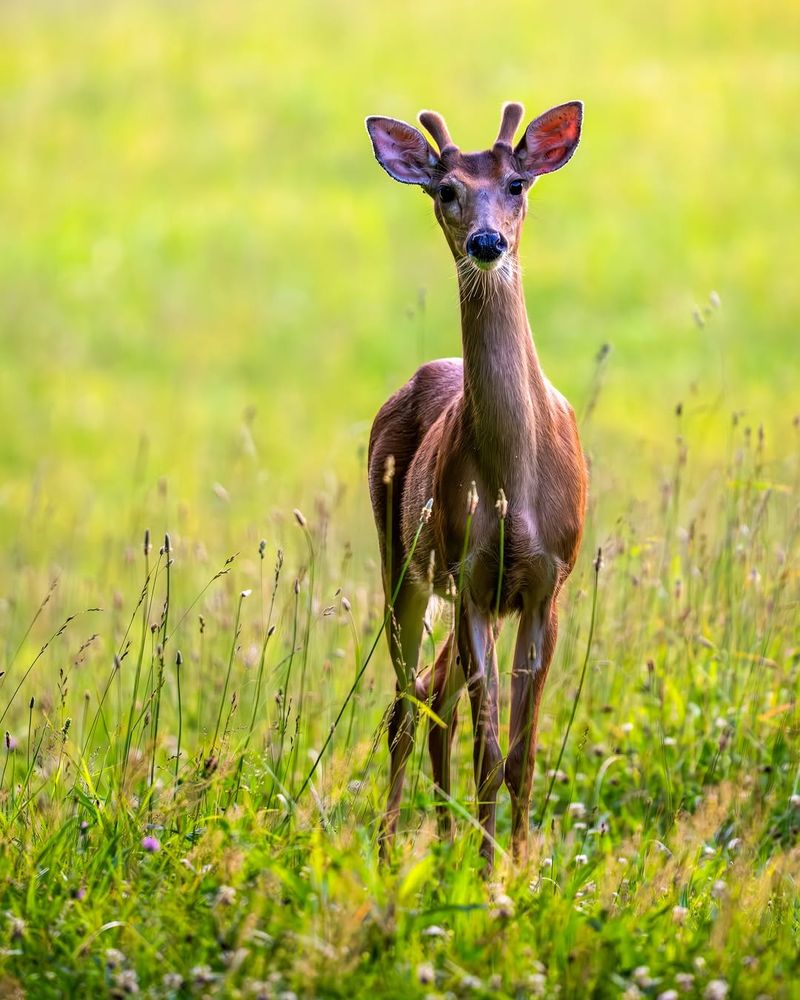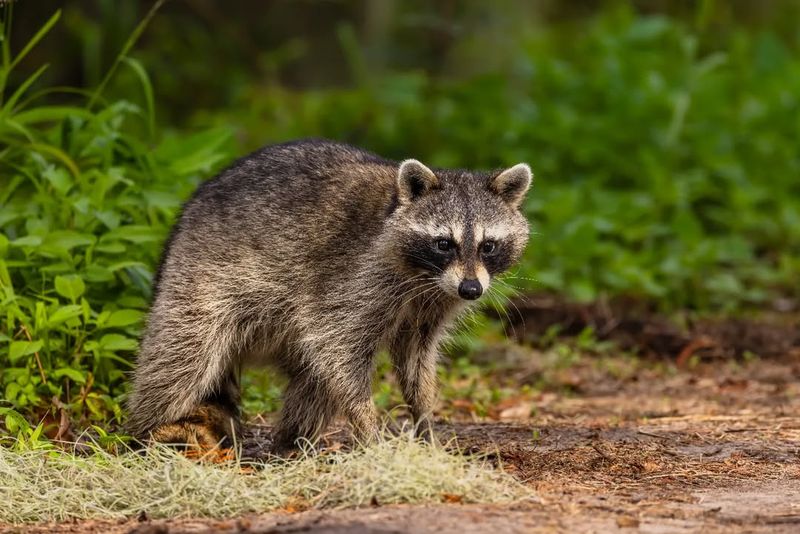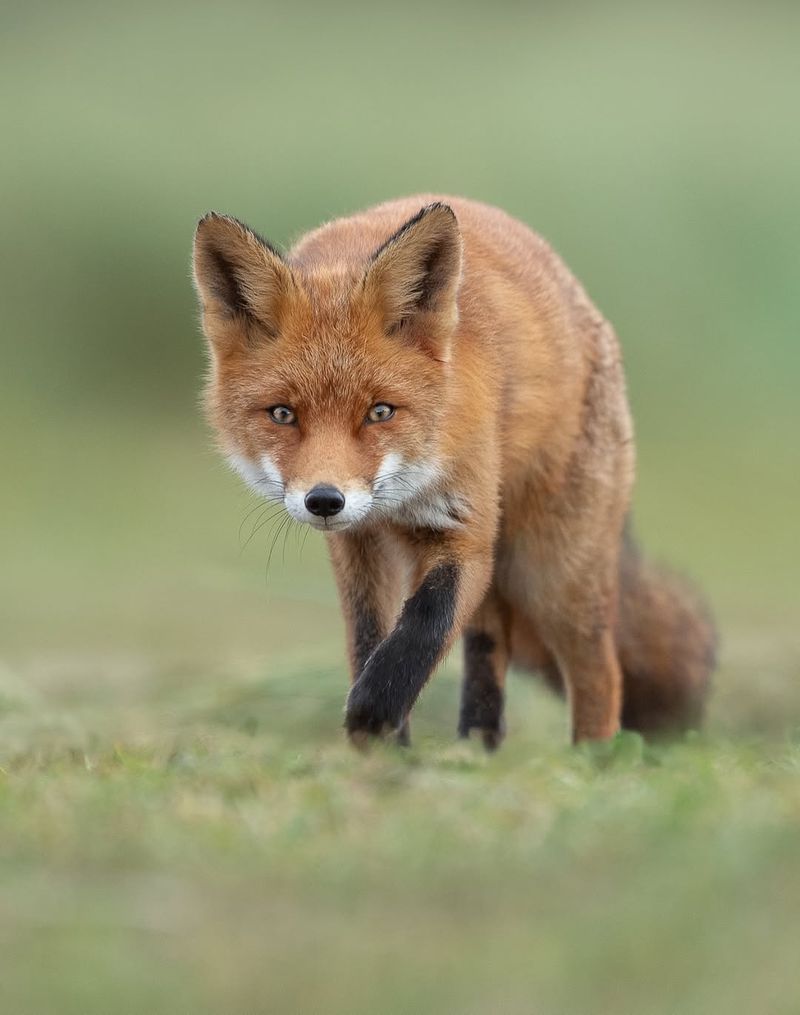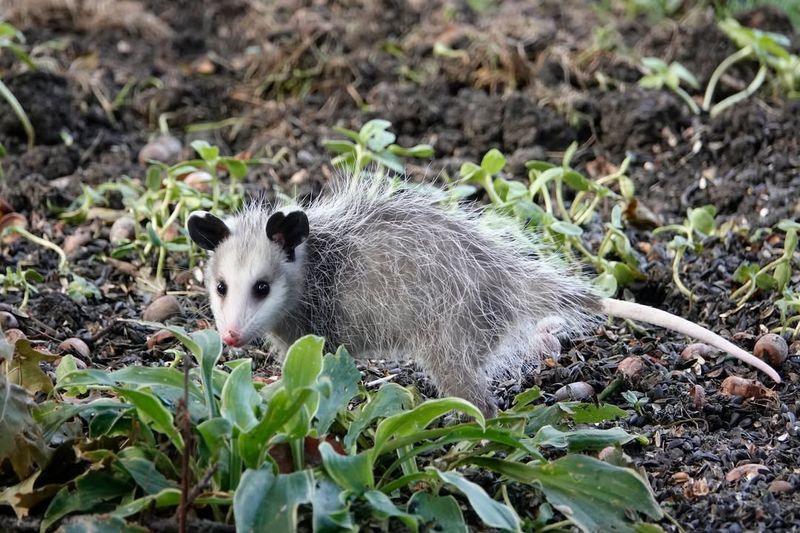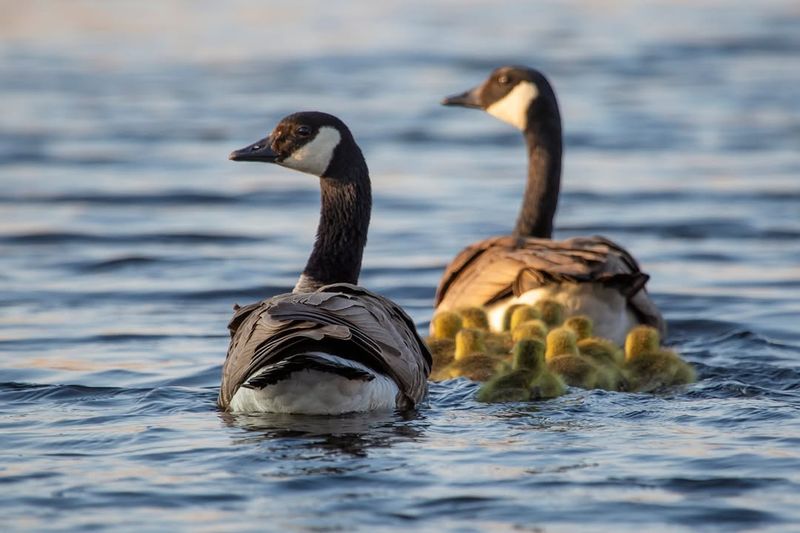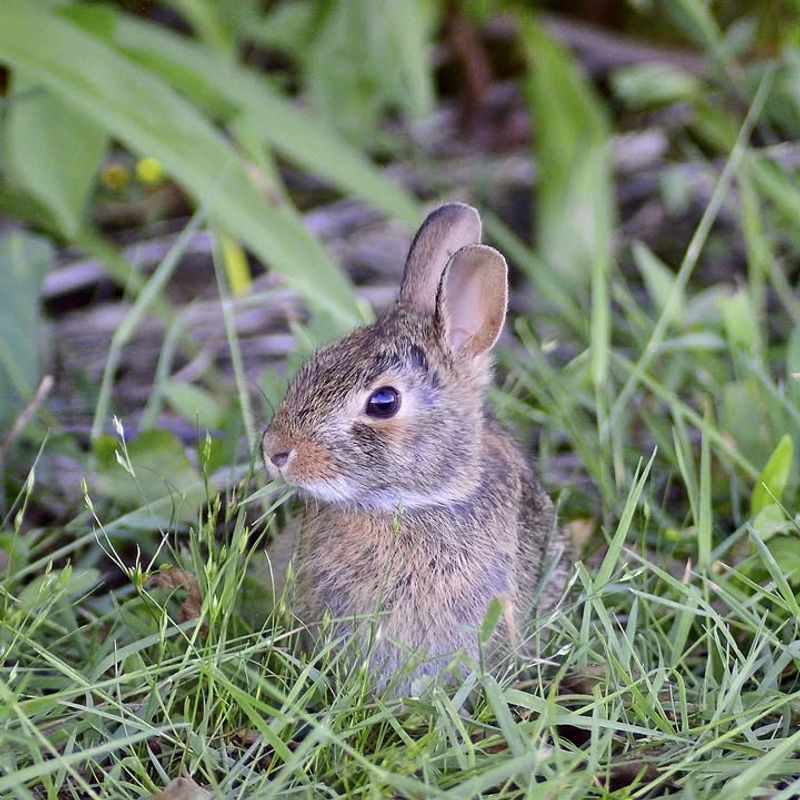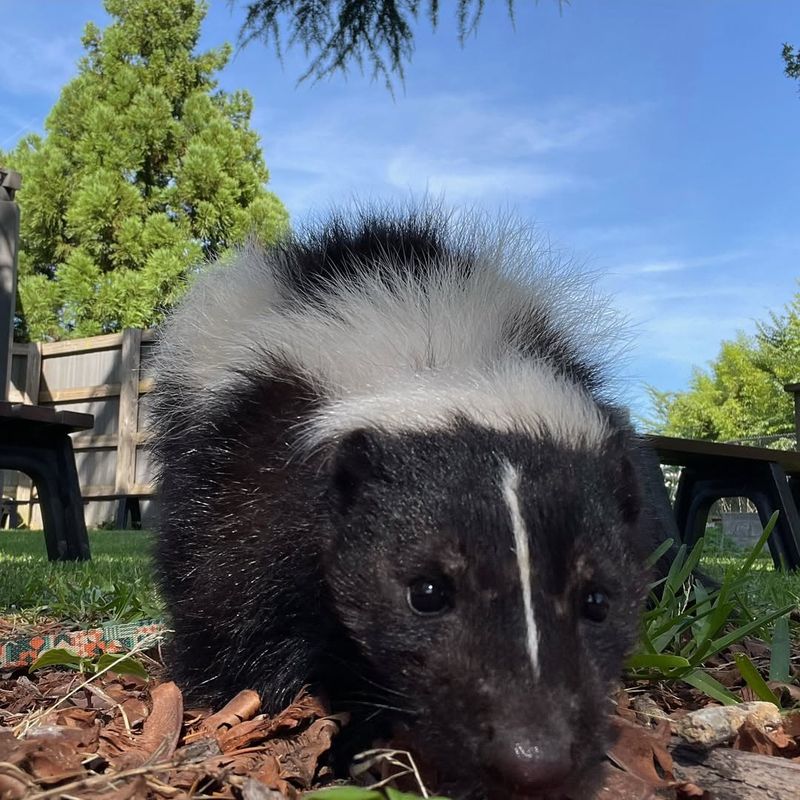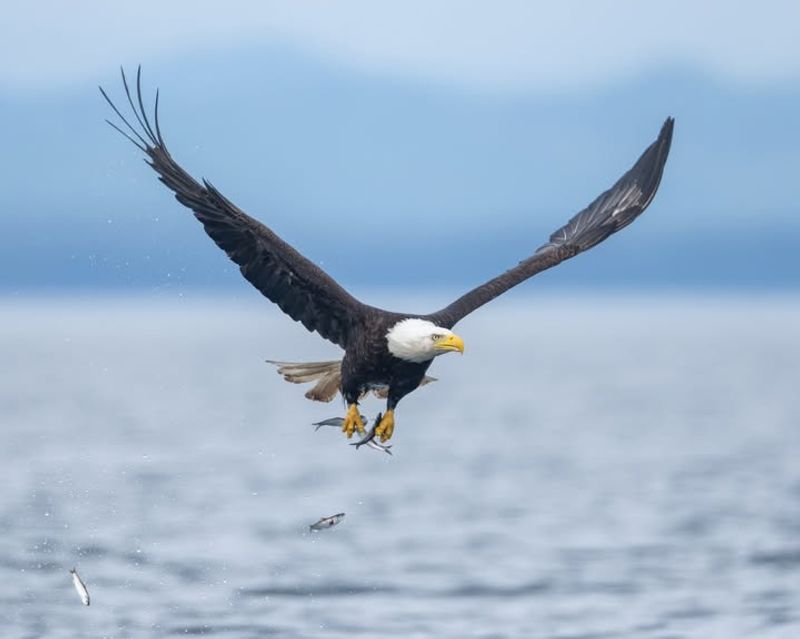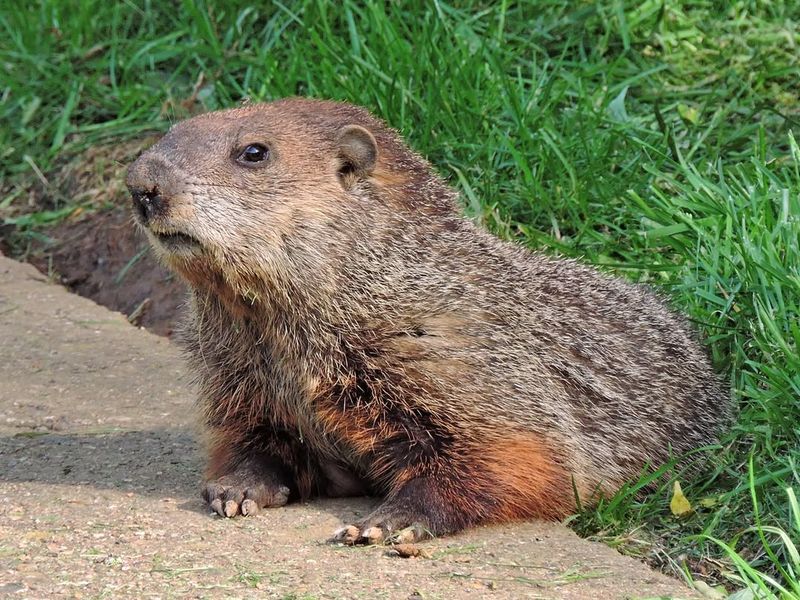Illinois cities are home to more than just people and pets. Wild animals have learned to adapt to urban life, finding food, shelter, and safety right in our neighborhoods.
Some of these creatures might surprise you with how well they blend into city environments. Keep reading to discover which wild animals could be living closer to you than you think.
1. Coyotes
Coyotes have become surprisingly comfortable in Chicago and other Illinois cities, hunting rabbits and rodents in parks and alleys. They usually avoid humans but can be spotted early in the morning or late at night.
Keep your pets indoors during dawn and dusk hours. Never leave pet food outside, as it attracts these clever predators to your property.
Most coyotes fear people and will run away if you make loud noises or appear threatening to them.
2. White-Tailed Deer
With fewer natural predators around, deer populations have exploded in Illinois suburbs, munching on gardens and landscaping with enthusiasm. Their graceful appearance might seem charming, but they can cause serious damage to plants.
Fencing your garden with barriers at least eight feet tall helps protect your vegetables and flowers. Motion-activated sprinklers can also discourage deer from treating your yard like an all-you-can-eat buffet.
Watch for deer especially during breeding season in fall when they become more active and less cautious.
3. Raccoons
Famous for their bandit-like masks and nimble fingers, raccoons thrive in cities where garbage provides easy meals every single night. They can open latches, unscrew jars, and remember solutions to problems for years.
Secure your trash cans with bungee cords or locks to prevent midnight raids. Seal any openings to attics, chimneys, or crawl spaces where raccoons might nest.
Despite their cute appearance, raccoons can carry diseases like rabies, so never attempt to feed or touch them directly.
4. Red Foxes
Red foxes have adapted remarkably well to city life, hunting mice and voles in parks, golf courses, and even residential yards throughout Illinois. Their stunning russet coats and bushy tails make them easy to identify.
Foxes are generally shy and pose little threat to humans or larger pets. They actually help control rodent populations naturally, making them beneficial neighbors.
If you spot one, simply observe from a distance and enjoy the rare wildlife encounter without approaching or feeding it.
5. Opossums
North America’s only marsupial, the opossum, waddles through Illinois neighborhoods eating ticks, cockroaches, and other pests we’d rather not have around. Their immunity to most snake venom makes them uniquely tough survivors.
These gentle creatures rarely carry rabies due to their low body temperature. When threatened, they famously play dead rather than attack.
Opossums are actually doing you a favor by cleaning up your yard, so consider letting them go about their pest-control business undisturbed.
6. Canadian Geese
Canadian geese have permanently settled in Illinois cities, abandoning migration routes to enjoy year-round access to parks, ponds, and golf courses with abundant grass. Their honking calls and aggressive behavior during nesting season make them hard to ignore.
Give nesting geese plenty of space in spring when they protect their eggs and goslings fiercely. Never feed them bread, which lacks nutrition and causes health problems.
Many cities now use border collies or egg addling programs to manage growing goose populations humanely.
7. Eastern Cottontail Rabbits
Eastern cottontails hop freely through Illinois yards, reproducing rapidly and feasting on gardens, shrubs, and ornamental plants with remarkable appetites. Their adorable appearance belies their destructive potential to landscaping.
Install chicken wire fencing buried several inches underground to protect vegetable gardens effectively. Plant rabbit-resistant flowers like marigolds, lavender, or daffodils around vulnerable areas.
Rabbits are most active during early morning and evening hours, so time your garden inspections accordingly to spot them.
8. Skunks
Skunks dig dens under decks, sheds, and porches across Illinois cities, emerging at night to hunt grubs, insects, and small rodents in lawns. Everyone knows their infamous defense mechanism, but skunks only spray when genuinely threatened.
Remove potential food sources like fallen fruit, pet food, or accessible garbage to discourage skunk visitors. Block access to crawl spaces with hardware cloth buried deep enough to prevent digging.
If you encounter one, back away slowly without sudden movements or loud noises to avoid getting sprayed.
9. Bald Eagles
Once nearly extinct, bald eagles now nest along Illinois rivers and lakes, even in urban areas like the Chicago region where fish populations support them. Spotting America’s national symbol soaring overhead never fails to inspire awe.
Eagles build massive nests in tall trees near water bodies where they can hunt fish year-round. Winter brings additional eagles migrating south to Illinois’s open waterways.
Binoculars help you observe these magnificent raptors from respectful distances without disturbing their hunting or nesting activities.
10. Woodchucks (Groundhogs)
Woodchucks, also called groundhogs, dig extensive burrow systems under sheds, foundations, and gardens throughout Illinois suburbs, sometimes causing structural concerns for homeowners. Their February 2nd weather predictions make them famous, but their digging habits make them notorious.
Fill in abandoned burrows with gravel and soil to prevent reuse by other animals. Plant barriers or use repellents around vulnerable garden areas.
Woodchucks hibernate in winter, so you’ll only encounter them from spring through fall when they’re actively feeding and burrowing.

